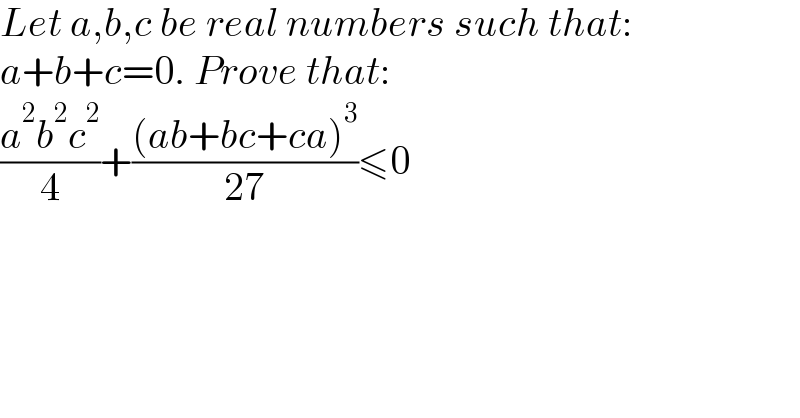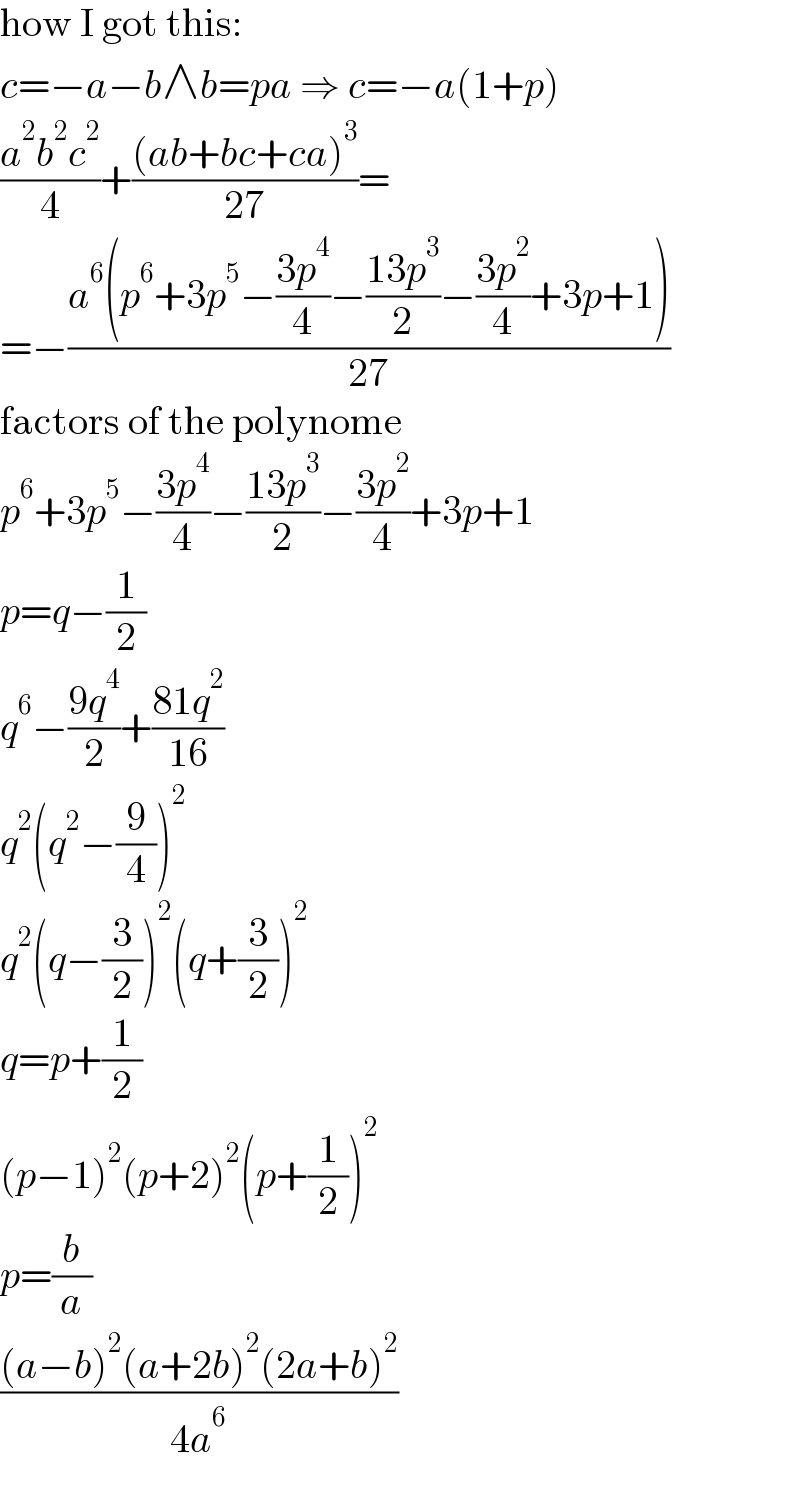
Question and Answers Forum
Question Number 177068 by LOSER last updated on 30/Sep/22

Answered by Frix last updated on 30/Sep/22

Commented by Frix last updated on 30/Sep/22

Commented by LOSER last updated on 01/Oct/22

| ||
Question and Answers Forum | ||
Question Number 177068 by LOSER last updated on 30/Sep/22 | ||
 | ||
Answered by Frix last updated on 30/Sep/22 | ||
 | ||
| ||
Commented by Frix last updated on 30/Sep/22 | ||
 | ||
Commented by LOSER last updated on 01/Oct/22 | ||
 | ||